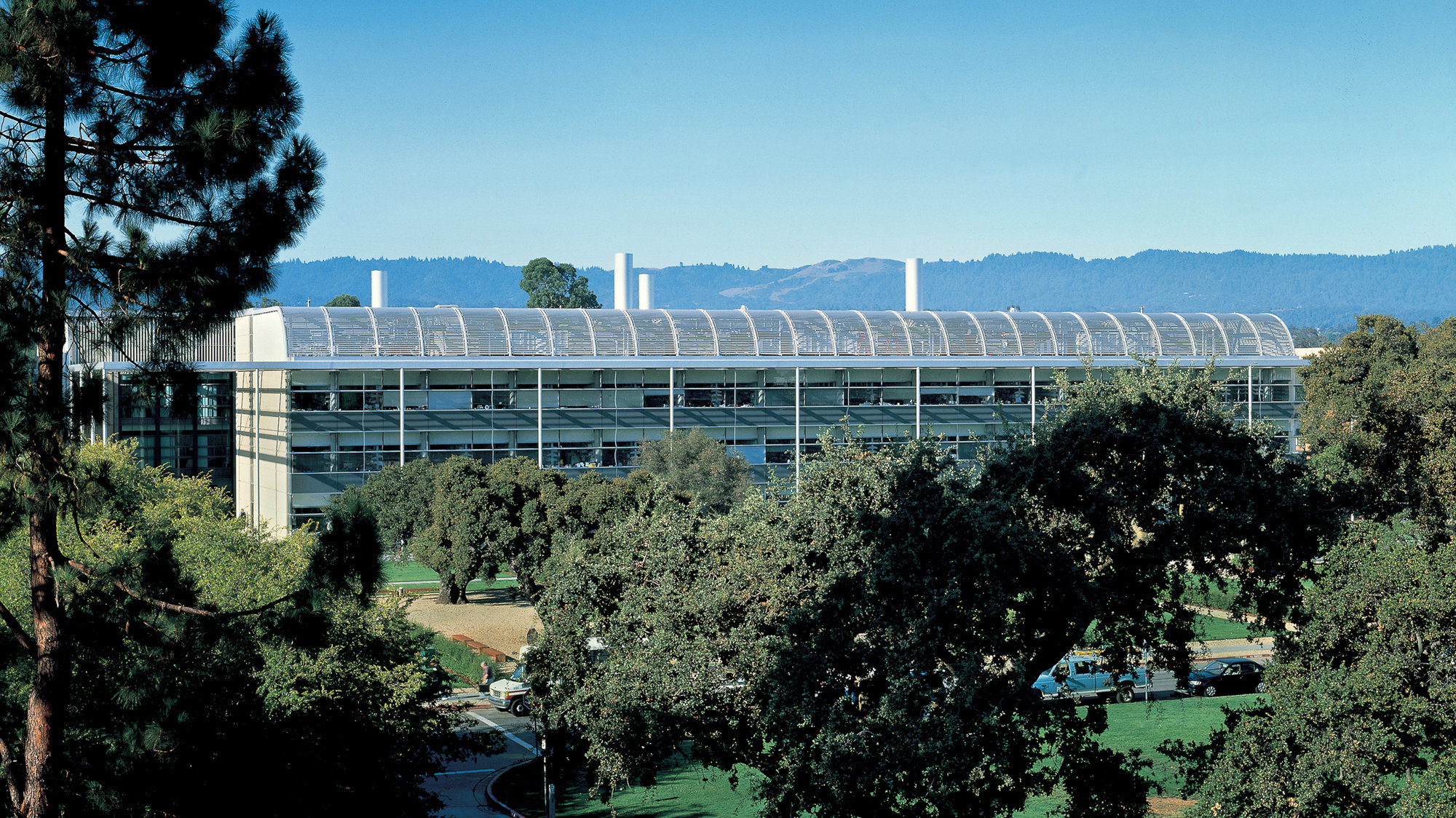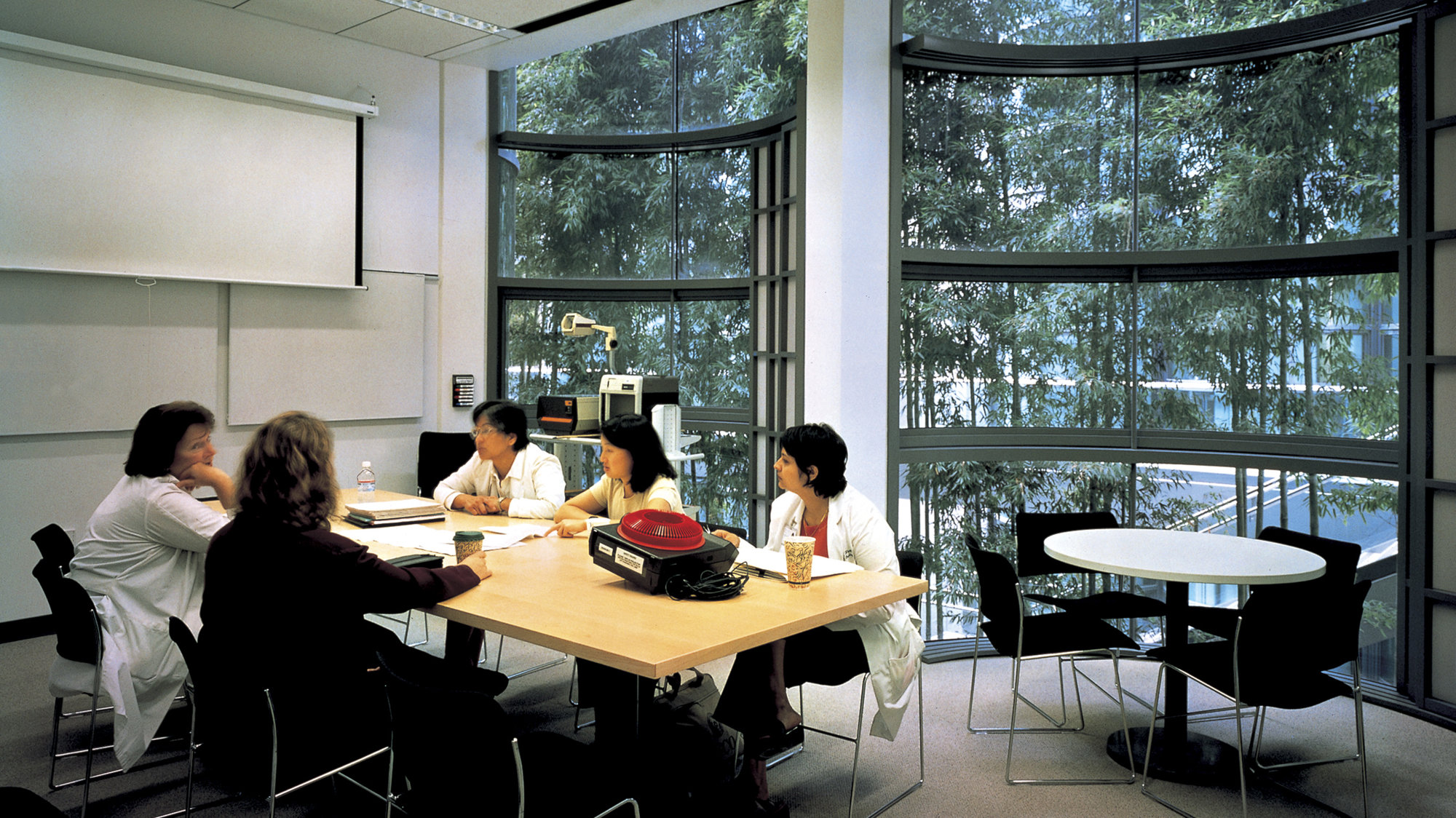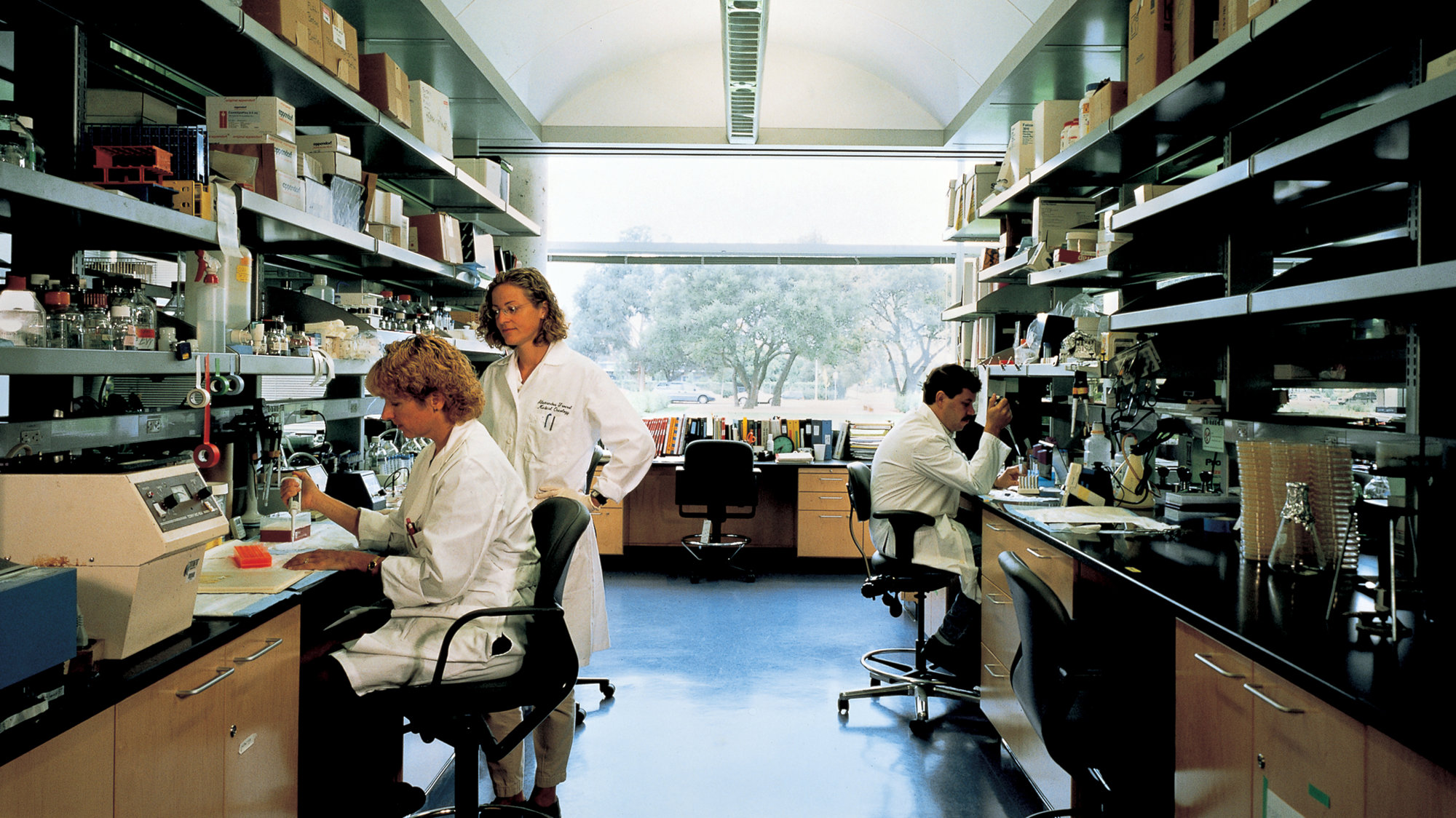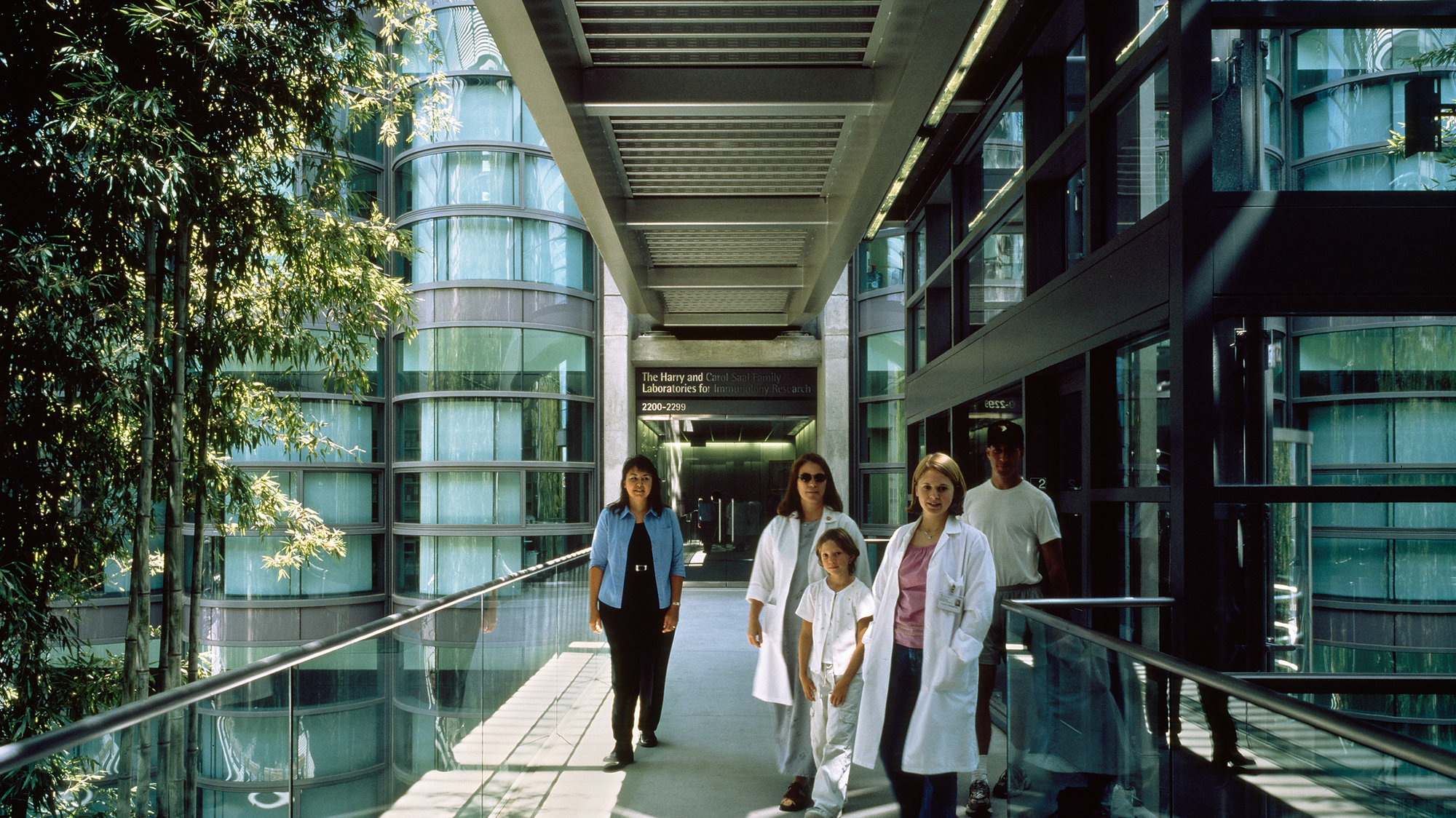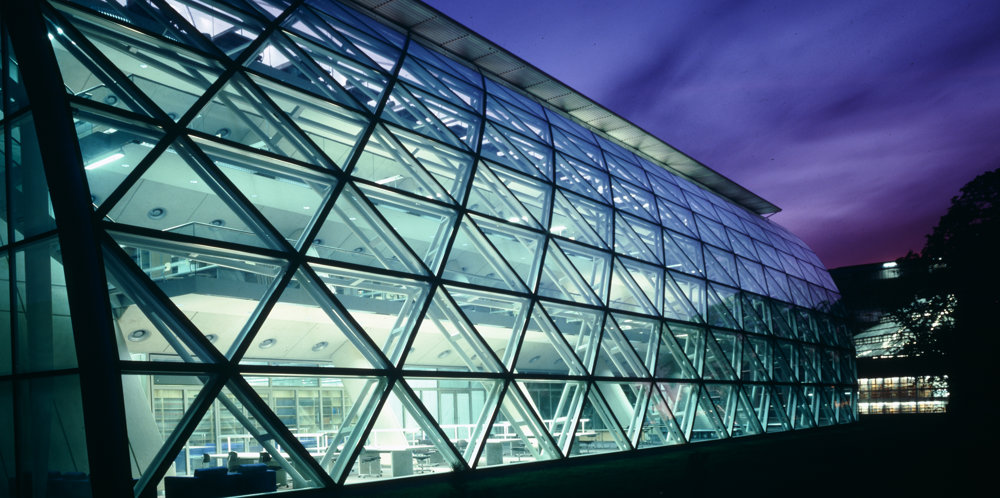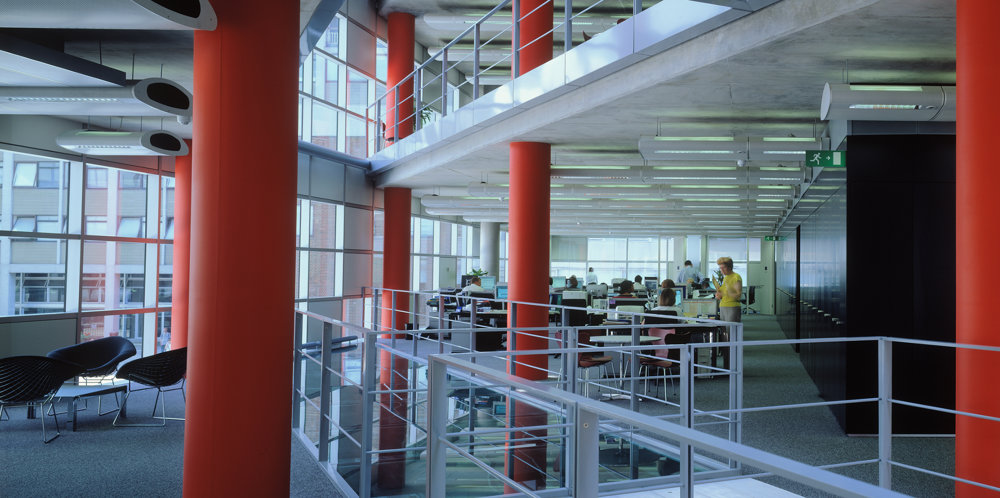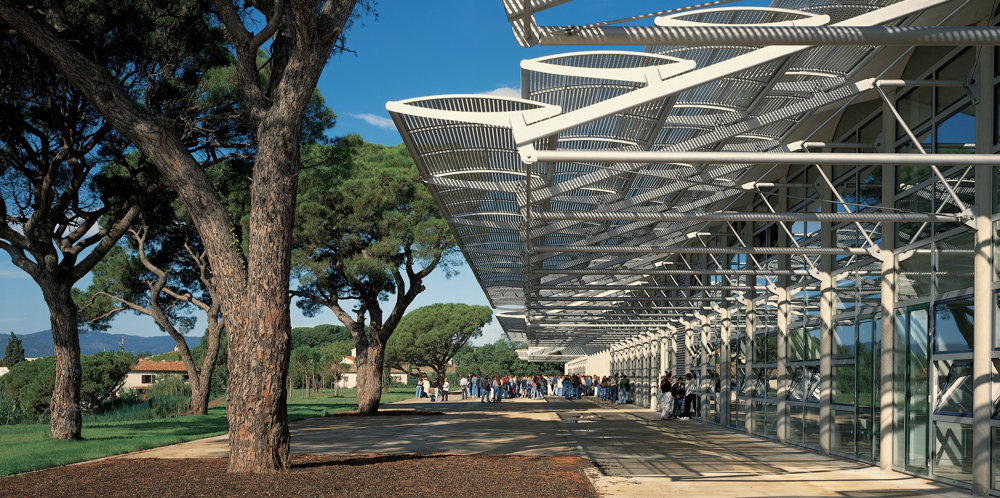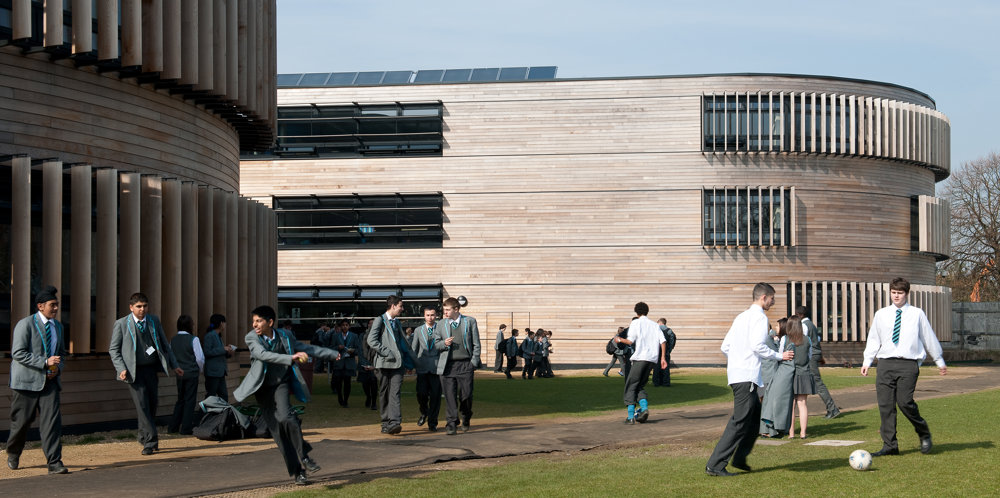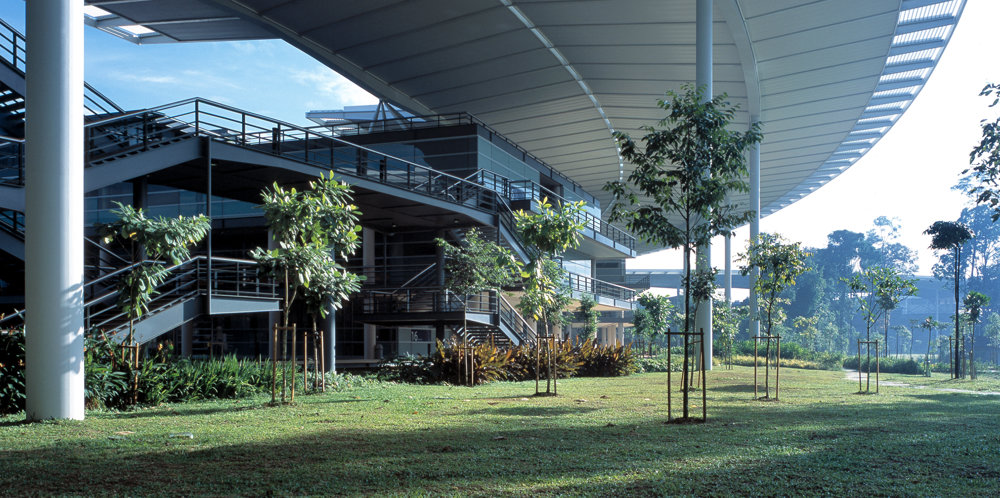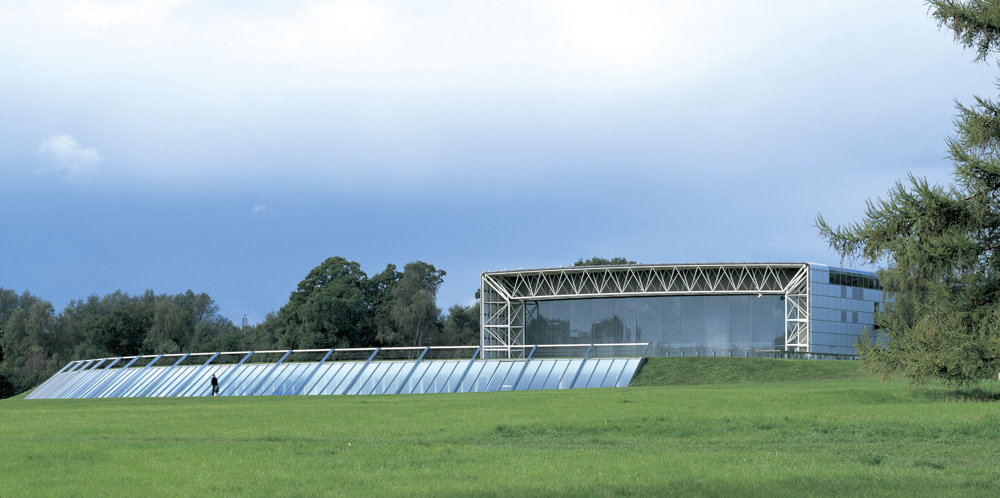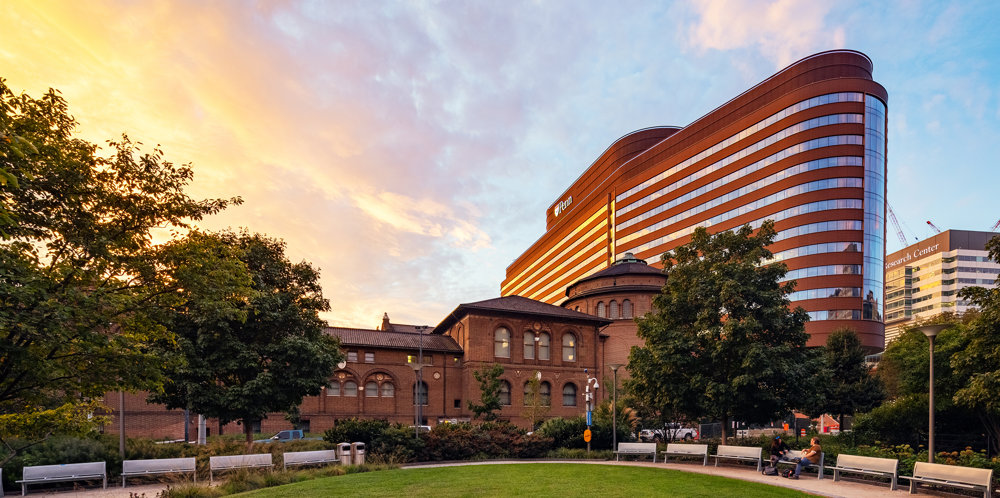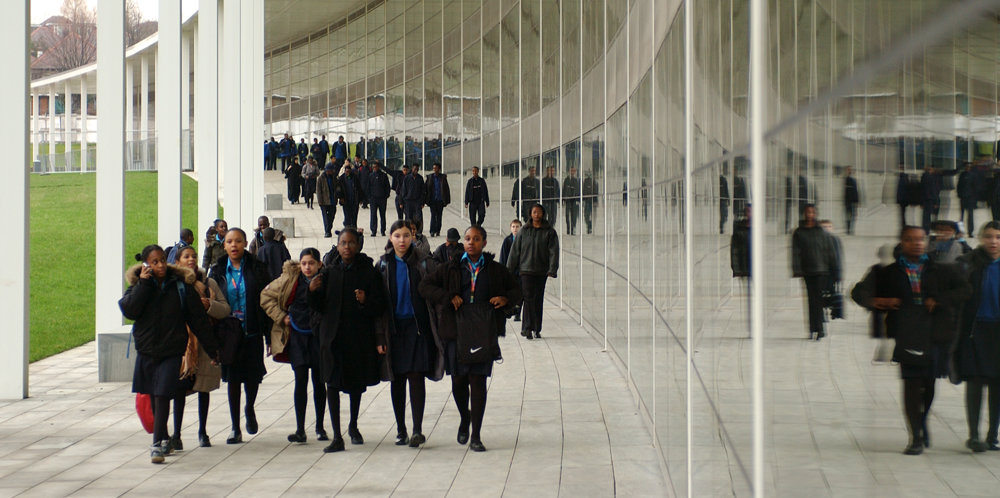Stanford University has long been recognised as a centre for clinical excellence. The Center for Clinical Science Research (CCSR) provides the School of Medicine with state-of-the-art modular laboratory and office space for its programme of research into cancer and other diseases. Its design responds to emerging trends for interdisciplinary biomedical research, encouraging intercommunication and providing flexible, light-filled workspaces in which research teams can expand and contract with ease.
The brief called for close proximity between laboratories, core support areas and offices. Two symmetrical wings frame a shaded courtyard, which provides a comfortable environment for social interaction and has become both the social heart of the building and a popular route through the campus. Offices overlook the courtyard and a stand of bamboo provides occupants with a degree of privacy. Environmental systems take advantage of Palo Alto's benign climate. Offices are naturally ventilated for most of the year, with mechanical assistance only on extremely hot days; and the laboratory and office spaces are predominantly naturally lit. Seismic performance was a key concern: the campus lies close to the San Andreas Fault and the laboratories contain highly sensitive equipment. In response, the building employs a concrete shear-wall structural system and bridges spanning the courtyard rely on friction pendulum bearings to allow for seismic movement between the wings.
Over the years Stanford University has pioneered new approaches to clinical and scientific research. The CCSR represents the first wave of change at Stanford, which was consolidated by the Clark Center. Together, these two buildings have had a significant impact on the architecture of research facilities around the world. Not only have they set new international technical standards, they represent an exciting research environment in which interaction between disciplines and individuals is encouraged as an essential part of working life.









